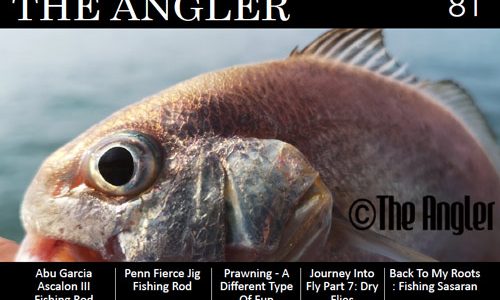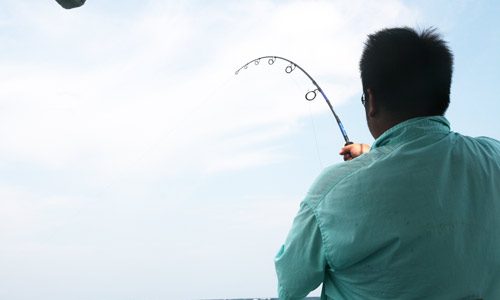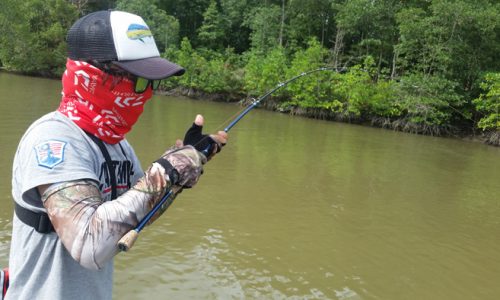Journey Into Fly: Fishing Dry Flies
Knowledge Wise
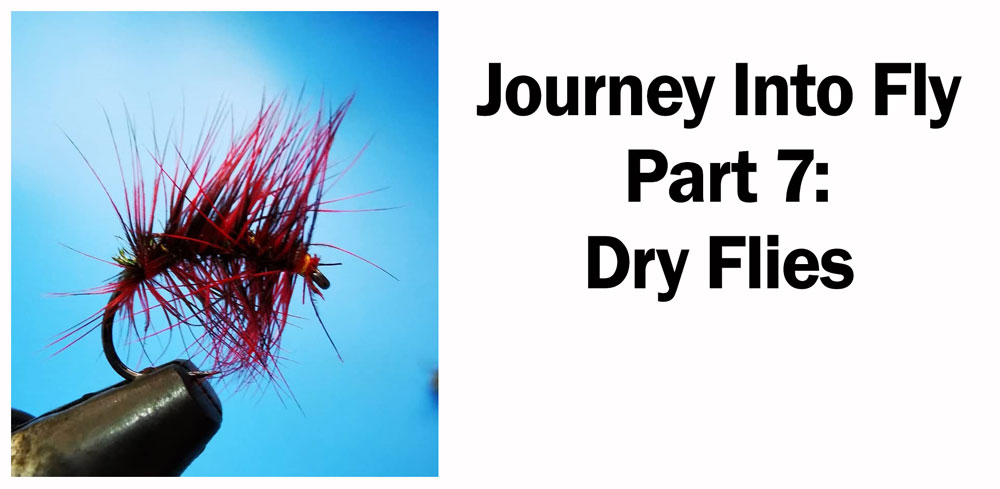
Advertisement
As we go on our journey through fly fishing it becomes more and more apparent that fly fishing is not just a sport but an art. The art is not just in the casting of flies but also in the flies themselves. Flies are made to look like and mimic the living creatures that fishes eats and many a fly angler don’t just use flies to catch fish. They also make them or rather tie them themselves. This is certainly an art. One category of flies is the dry fly(ies).
What Are Dry Flies?
Dry flies are flies made to mimic insects that hang above the water’s surface. They can be grasshoppers, damselflies (look like dragonflies but are thinner and folds their wings when at rest), mayflies, small spiders, ants, tiny moths, beetles, etc. Dry flies are flies that floats and are used to catch fishes that feed on the water’s surface.
An example is the mayfly. Mayflies are interesting insects. They start out as nymphs and live underwater for a few years. Then they go into a subimago state where they emerge from nymphs into an insect with wings. Most of them are unable to fly, spending time on the water’s surface from a few minutes to as long as days.
Food For Fish
It is at this state where they become fish food. Fish eat them as they provide the needed protein and of course; a meal to fill the tummy. Dry flies that are designed to mimic mayflies are tied to look like mayflies in this state (subimago). These flies are cast to where the fishes are and allowed to float on the surface mimicking a live mayfly.
What are some of the more common insects that are seen along the banks of rivers, lakes, ponds, etc.? If you pay close attention to the surface of the water sometimes you see flying ants or kalkatus (jungle flying termite) flying floating about with their wings effectively stuck to the surface of the water. These insects are a favourite meal to some of the fishes found in waters of South East Asia such as carps, gourami, tilapia, lampam (barb), etc. It thus makes sense to tie flies that look like kalkatus and use them at lakes where they are found.
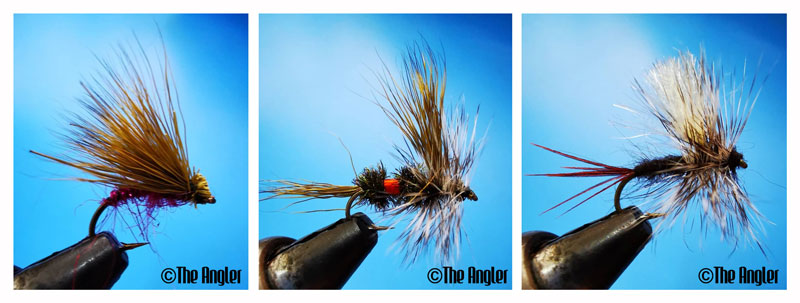
Dry flies.
Fishing With Dry Flies
Since dry flies are made to fish the surface; floating lines are generally used. This way your fly will stay on the water surface the way an insect that has fallen onto the surface of the water or insects that hangout at the surface of the water, do. Take a few minutes to imagine a kalkatu or an ant that has fallen off an overhanging branch and is now on the water. What do these do? How do they act? Do the same to your fly.
Let us just say that you are fishing on a lake. There are no currents. Movement on the water depends mainly on wind or breeze. You cast out your dry fly that looks like a kalkatu. It lands on the water and it floats. That’s about it. Your fly will just be floating there the way a kalkatu does.
Think And Imagine For A Moment
Of course this is great if you’re practicing your cast. Fly fishing has a lot to do with sight fishing. This means that you cast to fish and this is especially true when fishing with dry flies. This means that you look about and try to spot fishes (rises). Then you cast to them. Best is to land your fly within the fish’s sight. Next is to hope that the fish takes your fly.
What if you are fishing a stream or river where the water constantly moves? Again, let us use our imagination. Imagine a spider falling off a branch into the water. What will it do? Does it not float with the water until it gets close enough to a rock, stump, etc. to be able to climb on and save itself from doom?
Follow The Flow
The same with your fly. Cast it into the water and allow it to move with the flow. But, limit how far you allow your fly to flow. 7 to 8 feet perhaps, before you start stripping line in and doing your next cast. Too much distance and you will have other issues to manage including your line, snags, etc. Again, cast to fish. If you do not see fish then you have got to plan your casts within your fishing zone. We will discuss this in a later issue.
Here is a little exercise I recommend you to do. Go visit a lake or pond and observe nature. Look at the insects, plants, etc. that are found by its banks. Look for insects on the surface of the said lake or pond. Notice how they act if they are not already dead. Collect them if possible and then try to look for flies that look like them (or have them tied for you). Observing nature alone will be a great help in helping you be a good fly fishermen. Stay tuned for Part 8 in the next issue.
Advertisement
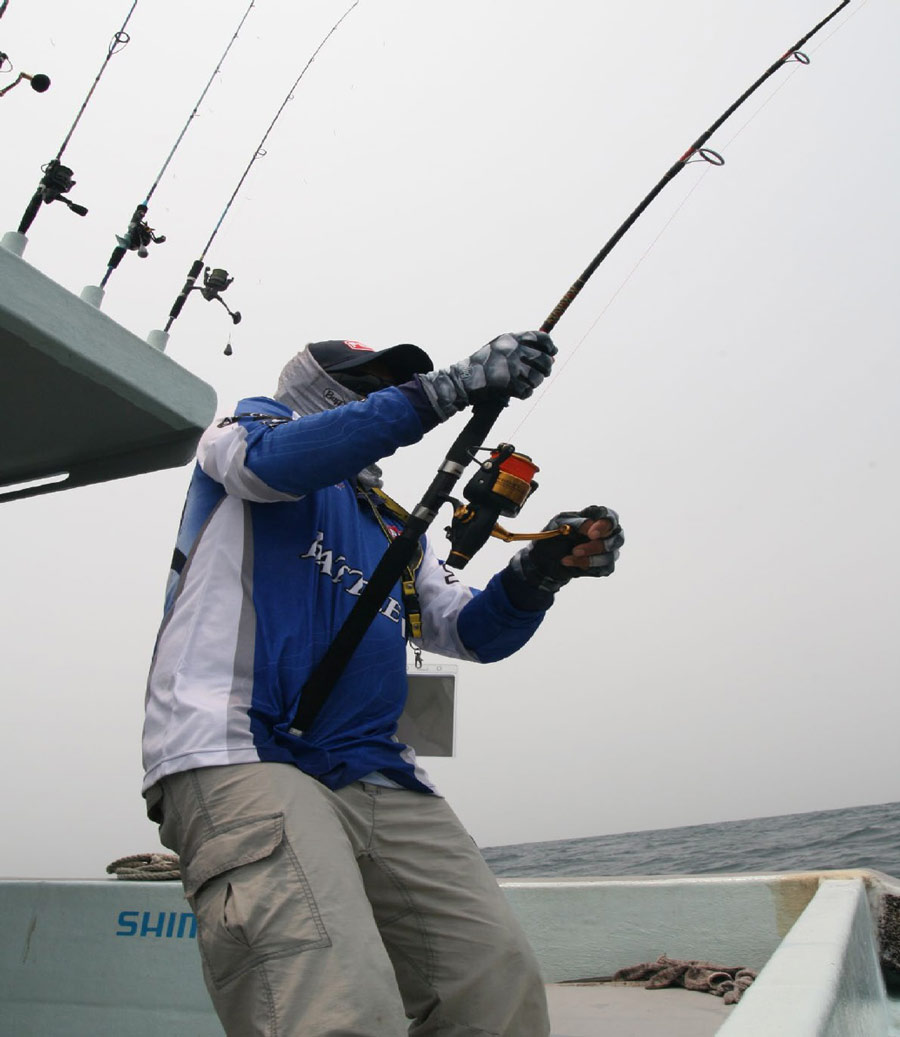
Contact us
For more information or should your have enquiries, do drop us an email.


